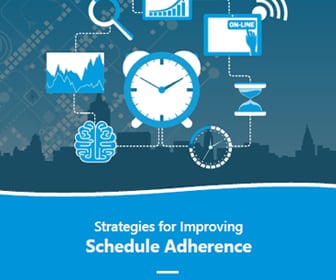Call Center Management Featured Article
Denver Emergency Call Centers Struggle with Occupancy and Vacancy

Occupancy is one of the most important metrics in the call center today. Generally defined, it’s how busy a call center’s agents are. It’s calculated with a formula that goes like this: total handle time/total time available for work. Essentially, it’s the percent of time call center agents are logged into the system and ready to work.
High occupancy rates in the call center are considered essential for a properly run operation striving to meet its service levels. While occupancy rates vary from industry to industry, studies have found that most call centers prefer an occupancy rate of between 85 percent and 95 percent. In the COVID-19 era, many call centers are having to make do with lower occupancy rates.
At least one 911 emergency call center is having to make do with significantly lower occupancy rates. The Denver Post has reported that vacancy rates at five of the largest communications centers in the Denver metro range between 15 percent and 42 percent. Leaders of the five call centers — the Adams County Communication Center, Arapahoe County Sheriff’s Office 911 Communications, Aurora 911, Denver 911 and Jefferson County Communications Center — told the newspaper they are struggling to find candidates available for hire.
“How do we compete with so many available jobs right now that are not shift work, that are not 24/7, 365 days a year?” said Tina Buneta, director of Aurora’s public safety communications department.
There are a variety of reasons workers don’t necessarily want an emergency call center job. The stress levels are high, and the jobs don’t always pay what workers feel they are worth. In many cases, workers taking calls are facing hostile and even downright abusive callers. Andrew Dameron, director of Denver 911 told the Denver Post that the COVID-19 pandemic and the restrictions that go along with it has increased the problem of angry callers in the last year and a half.
“Calls that are relatively routine have taken a horrible tone,” Dameron said, noting racial slurs directed at his staff have become more common. “I’ve had a couple who’ve left who said, ‘I just don’t want to get yelled at anymore.'”
Edited by Maurice Nagle






